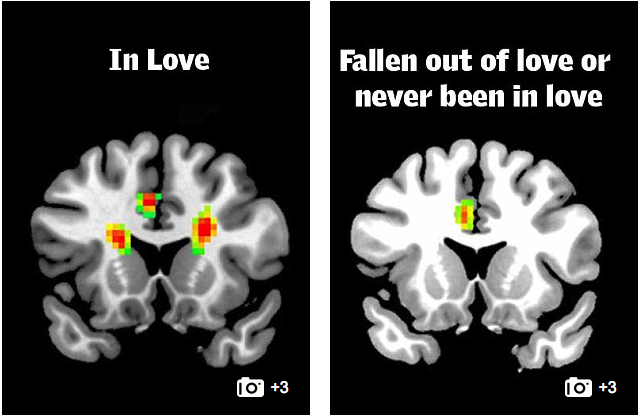
With Valentine’s Day coming up, it dawned on my all of a sudden: have students ever learned about love? Andy Warhol once said “there should be a course in 1st grade on love,” yet I’m pretty sure we only teach sex in school, and not the feelings behind it. So I’m going to try it out this year: teaching the biology of love.
So I came up with this lesson plan:
Starter
- What is love?
- Are there different kinds of love?
- What does love have to do with biology?
Activities: I’m going to jigsaw this–have the students divide up into groups of 3-4, and then each group will read their given article, answer a couple of questions about it, and present it to the class in this order:
- Love and the Brain
- What areas of the brain become active when someone is in love?
- What are the “symptoms” of being in love?
- Which hormones are active when someone is in love?
- Different Types of Love
- What are two types of love? Describe each one.
- Why is romantic love addictive?
- What are the rewards for long-term passionate love?
- How do male and female brains respond to love differently?
- Evidence-Based Dating
- What are the different experiments scientists have run on dating? What were their results?
- How to Fall in Love with a Stranger
- What is the procedure for making 2 strangers fall in love?
- List 5 of your favorite questions that were asked to the people
Plenary: Class discussion on the biology of love.



